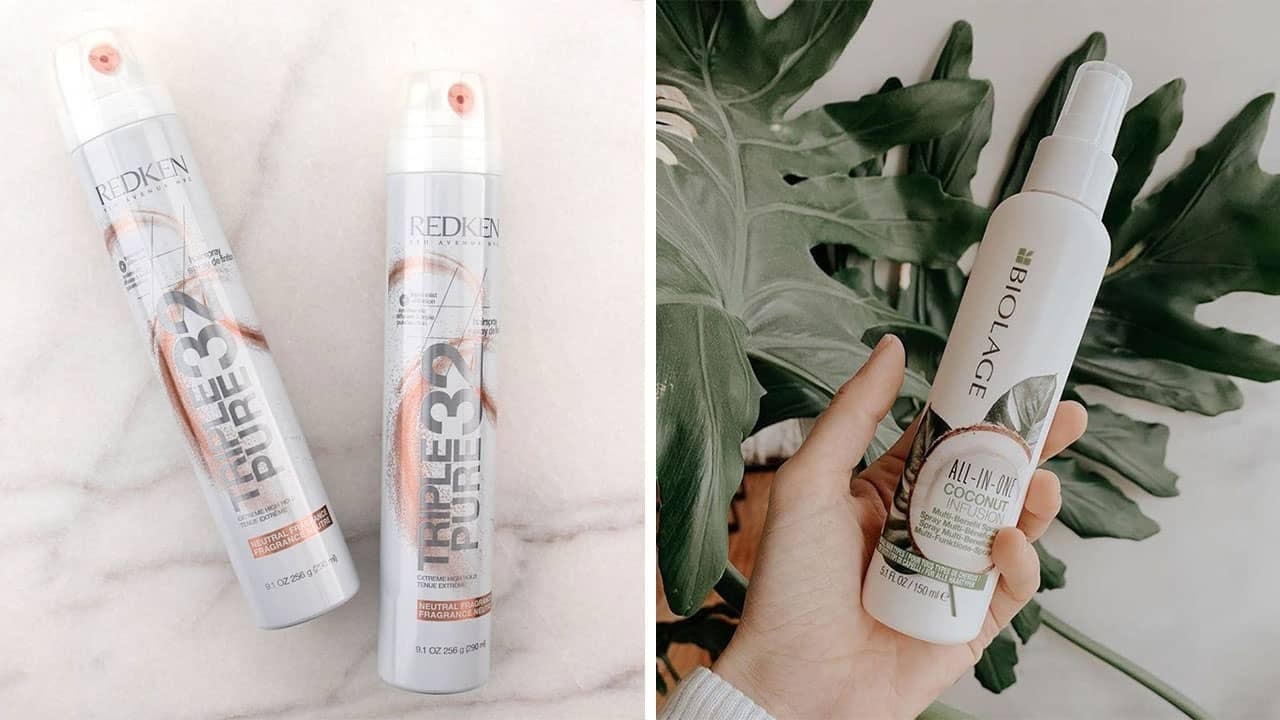Athlete’s foot—medically termed tinea pedis—is no walk in the park. This fungal infection loves to set up camp in the damp, sweaty spaces between your toes, causing itching, burning, and cracked skin. Left unchecked, it’s not just a nuisance; it can spread like wildfire. That’s where foot sprays come in, with aerosol cans and pump sprays leading the charge. If you’re wondering which option reigns supreme, stick around. We’ll break down the nitty-gritty of both, toss in some practical know-how, and wrap up with answers to burning questions—all from an aerosol can expert’s perspective.
What’s Athlete’s Foot All About?
Picture this: a fungus that thrives in warm, moist hideouts—like your soggy sneakers after a gym session. That’s athlete’s foot in a nutshell. It’s contagious, stubborn, and loves to linger if you don’t tackle it head-on. Treatment isn’t optional; it’s a must to stop the itch and prevent it from gatecrashing other parts of your body—or someone else’s feet. Foot sprays, whether aerosol or pump, deliver antifungal agents right where they’re needed. But how do they stack up? Let’s dive in.
Aerosol Can Foot Sprays: The Lowdown
Aerosol can foot sprays are the go-to for many, and it’s easy to see why. These pressurized champs make application a breeze. But like anything, they’ve got their highs and lows.
The Upsides
- Effortless Application: A quick spritz from an aerosol can hits those tricky spots between your toes without a fuss.
- Uniform Coverage: Thanks to the propellant, the spray spreads evenly, ensuring no patch is left untreated.
- Drying Power: Many aerosol formulas dry out excess moisture—fungus’s worst enemy—while delivering the goods.
The Downsides
- Eco Footprint: Those propellants? Not Mother Nature’s best friend. They can take a toll on the environment.
- Price Tag: Convenience comes at a cost—literally. Aerosol cans often hit your wallet harder.
- Overzealous Risk: It’s so easy to use, you might overdo it, irritating your skin in the process.
Pump Foot Sprays: The Contender
Pump sprays take a different tack. No propellants here—just good old manual power. Let’s weigh their pros and cons.
The Upsides
- Green Vibes: No harmful gases mean pump sprays are kinder to the planet.
- Budget-Friendly: They often cost less, giving your bank account a breather.
- Precision Play: You control the dose, cutting down on waste and over-application.
The Downsides
- Bit of a Workout: Reaching those nooks and crannies takes more effort than an aerosol can’s one-and-done spray.
- Spotty Spread: Without propellant, coverage can be uneven if you’re not careful.
- Clog Woes: The pump can jam up over time, leaving you high and dry mid-treatment.
Getting the Most Out of Your Foot Spray
Whether you’re team aerosol or team pump, using them right is half the battle. Here’s how to nail it:
- Prep Work: Wash and dry your feet thoroughly—fungus hates a clean, dry canvas.
- Go Big: Don’t be stingy. Coat the whole area, especially those toe crevices.
- Stick to It: Twice a day, every day, for the full course (usually 2-4 weeks). No cutting corners!
- Stay Ahead: Dry feet, breathable shoes, fresh socks—keep the fungus from staging a comeback.
Pro Tips You Didn’t Know You Needed
Ready to level up? These insider tricks—straight from years of aerosol can expertise—can make a world of difference:
- Shake It Up: Give that aerosol can a good rattle before spraying. It mixes the active ingredients for max punch.
- Perfect Distance: Hold it 10-15 cm away. Too close, and it’s a mess; too far, and you miss the mark.
- Double Duty: For stubborn cases, let the spray dry, then layer on an antifungal cream. It’s like a one-two punch!
- Shoe TLC: Mist the inside of your kicks with an aerosol can foot spray to zap any lurking spores.
FAQs: Your Aerosol Can Foot Spray Questions, Answered
Got questions? We’ve got answers. Here’s the scoop on aerosol can foot sprays, straight from the expert’s playbook:
- How often should I hit my feet with the aerosol can spray?
Twice daily—morning and night—is the sweet spot, unless your doc says otherwise. - Can it tackle other fungal foes?
Some aerosol cans pull double duty on jock itch or ringworm. Check the label or ask a pro. - Any nasty side effects?
Watch for irritation or a sting. If it gets bad, stop and call your doctor. - How fast does it work?
You might feel relief in days, but keep at it for 2-4 weeks to knock it out for good. - Preventive spritzing—yay or nay?
Absolutely! A daily spray can keep athlete’s foot from crashing the party. - Safe for pregnancy?
Check with your doc first. Most are fine, but better safe than sorry. - Kid-friendly?
Older kids can use it with supervision. Under 2? Talk to a pediatrician. - What if it’s a flop?
No change in 10 days? Time to switch gears—see a healthcare pro. - Flammable much?
Yep, aerosol cans don’t play nice with fire. Keep ‘em away from flames. - Where do I snag aerosol valves if mine busts?
Manufacturers usually handle it, but for custom needs, reach out to pros like aerosol can experts.
So, aerosol can or pump? It’s a showdown of convenience versus eco-consciousness. Aerosol cans bring speed and coverage but carry an environmental catch. Pumps save the planet and your pennies, though they demand a bit more elbow grease. Your call depends on what vibes with you—just don’t slack on the routine. For more aerosol can wisdom, peek at aerosol can experts.











